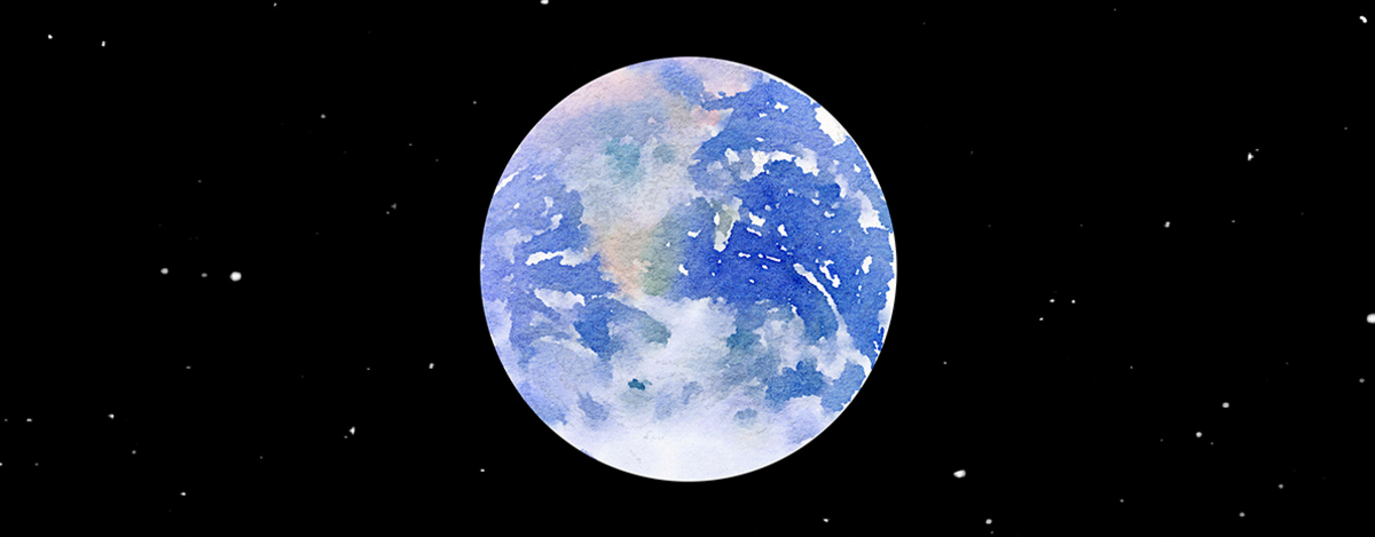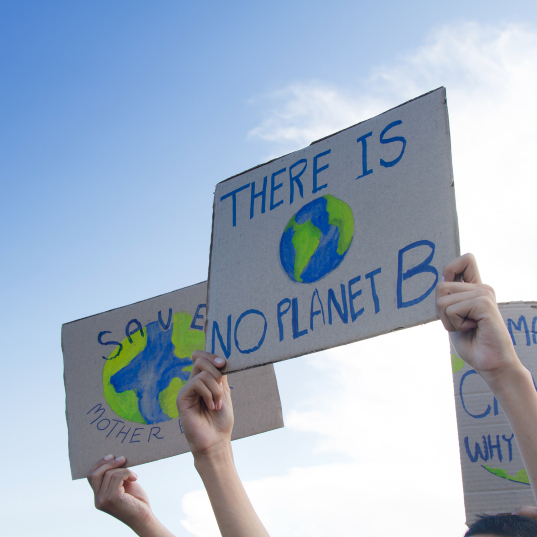What’s the story behind the Blue Marble?
The iconic 1972 Blue Marble photograph taken by Apollo 17 sparked the need for sustainable development to care for our planet.
Today we're here to tell you a story, a tale of how interest in preserving, looking after and protecting our planet began to spark. For this purpose, we will travel thousands of kilometres away from Earth and place ourselves in outer space, where the value of life takes on a new dimension: that of the infinity of the universe. This is the story of how a simple photograph changed our perception of mother Earth.
The story of the Blue Marble
December 7, 1972. The astronauts of the Apollo 17 mission are 24,000 kilometres away from Earth, performing the separation and redocking manoeuvre that will enable them to set off for the Moon. On board the spacecraft are Eugene Cernan, Ronald Evans and Harrison Schmitt. The three of them took off a few hours ago from Cape Canaveral and, once in orbit, they have just moved the lunar module into the position they need to ignite the rockets and travel towards our satellite.
 A moment after the decisive orbital manoeuvre, the astronauts have a few minutes to look out of their windows and contemplate the spectacle. "What a beauty!" are the words of admiration that come out of their mouths.
A moment after the decisive orbital manoeuvre, the astronauts have a few minutes to look out of their windows and contemplate the spectacle. "What a beauty!" are the words of admiration that come out of their mouths.
From such a distance the astronauts can contemplate the beauty of our planet spinning in the darkness of space. A view that humans had not been able to enjoy until this space mission. Because, although other missions have photographed the Earth from space, this is the first time they have been able to see it fully illuminated. In the images taken by Smith, much of Africa can be seen clearly and the southern hemisphere is covered by large cloud formations.
That photograph allowed humanity to contemplate itself in the darkness of space and to understand how vulnerable we are aboard this rock that holds all life as we know it. Our history, our life, our memories and basically everything we are was in that tiny ball floating in the darkness. In that sphere that seemed so insignificant compared to the infinity of the universe. That's why that photograph in which the planet appears alone in the middle of the darkness went down in history as The Blue Marble.
The awakening of a collective and sustainable consciousness
Without knowing it, those three astronauts had just portrayed a symbol. An image that continues to appear decades later on posters, paintings, films, advertising campaigns... which contributed to the emergence of the first great movement for the preservation of the planet.
The concept of sustainability owes much to this image. The desire to preserve nature and the environment and understanding that they're not inexhaustible sources of resources; the idea that we only have one home, and that is planet Earth, or the intention to solve global problems such as climate change emerge, in part, from that portrait of our common home, of our shared history.
Since then, the world has become increasingly aware of the fragility of the planet, especially as science has drawn more and more attention to the effect of human activities on rising temperatures and resource depletion.
In this regard, one of the movements that has mobilised the most people around the world is Fridays for Future. Its beginnings date back to 2018, when Greta Thunberg, a Swedish girl of only 16, sat down in front of the Parliament of her country to demonstrate against the inaction of politicians in the face of the environmental problems that punish the world. A gesture that caught on among teenagers around the world and sparked a series of protests on Fridays every week.
Restrictive measures required due to the Covid-19 pandemic have put the brakes on mass mobilisations. But students continue their online climate protests while waiting to take to the streets again.
Another of today's most active movements is Extinction Rebellion, a much more provocative group of activists. With civil disobedience as their main weapon, the Extinction Rebellion movement has already spread to 80 cities in 33 countries seeking to force urgent action against the climate emergency.
The truth is that more and more people are becoming aware of the need for sustainable development to preserve the Earth. In the end, our planet is nothing more than the rock on which we travel through space. If we don't take care of it, who will preserve the blue that keeps us alive?
If you want to hear more stories like this one, don't miss La Canica Azul, an ACCIONA podcast on sustainability and climate emergency.


